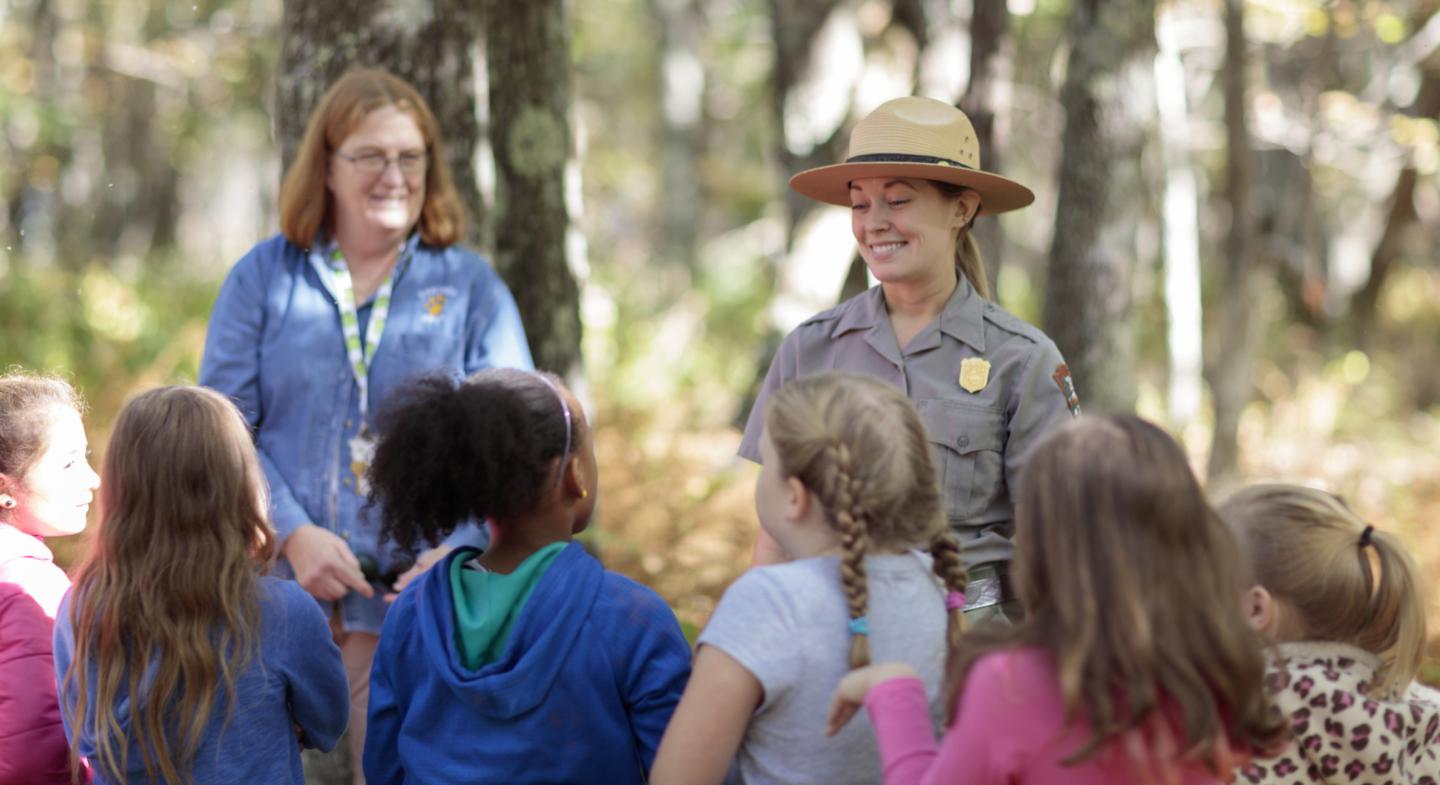
Park Safety

Be prepared. Stay aware. Enjoy the parks with peace of mind.
Exploring the West’s national parks is an unforgettable experience—from alpine peaks and desert canyons to lush forests and ancient ruins. But nature, while beautiful, can also be unpredictable. Whether you’re a seasoned hiker or a first-time visitor, taking a few simple precautions can help you stay safe, protect wildlife, and preserve the parks for others. This page will guide you through key safety tips, planning tools, and resources to ensure your trip is as safe as it is inspiring.
Top Safety Tips for Your Park Visit
Plan ahead and be informed
Before you hit the trail or pack up the car, take time to check the latest conditions for the park you’re visiting. Weather, road closures, trail maintenance, and fire activity can all affect your plans. Make sure your chosen activities align with your group’s fitness and experience levels, and always have a backup plan in case conditions change.
Prepare for changing weather
From blazing sun to sudden snow, park weather can be unpredictable—sometimes within the same day. Dress in layers so you can adjust to temperature shifts, pack rain gear just in case, and be sure to bring plenty of water. Sun protection is essential year-round, so don’t forget a hat, sunscreen, and sunglasses, even on overcast days.
Stay on designated trails and boardwalks
It might be tempting to venture off the path for a better view or shortcut, but sticking to marked trails is key to staying safe and protecting fragile landscapes. In many parks, straying from the trail can put you at risk of injury, unstable ground, or damaging sensitive habitats, and in areas with thermal features or steep cliffs, it can be extremely dangerous.
Wildlife safety
Seeing wildlife is one of the joys of visiting national parks, but it’s crucial to observe animals safely and responsibly. Always maintain a safe distance — at least 100 yards from bears and wolves, and 25 yards from other animals — and never approach or feed them. Feeding wildlife can be harmful and lead to aggressive behavior, so store food securely and follow park regulations.
Hydrate, fuel up, and rest often
It’s easy to underestimate the toll of hiking, heat, or elevation — especially when you’re surrounded by beautiful distractions. Carry more water than you think you’ll need, bring snacks that provide lasting energy, and take regular breaks to rest and refuel. Staying hydrated and nourished helps prevent fatigue and keeps your body functioning at its best.
Emergency preparedness
Cell service is often limited in parks, so download maps and resources ahead of time. Carry a paper map, a basic first-aid kit, a flashlight or headlamp, and know how to recognize symptoms of heat exhaustion, altitude sickness, or hypothermia. In an emergency, contact a ranger or call 911 if you’re able—and always let someone know your plans before you head out.

Check in with the experts
Your safety is a shared responsibility. Rangers, volunteers, and local park partners work hard to keep you informed and protected, but your decisions matter most. A bit of preparation goes a long way in making sure your trip is as safe and spectacular as possible.
Before you head out, explore the National Park Service’s safety hub for more resources and detailed guidance.



